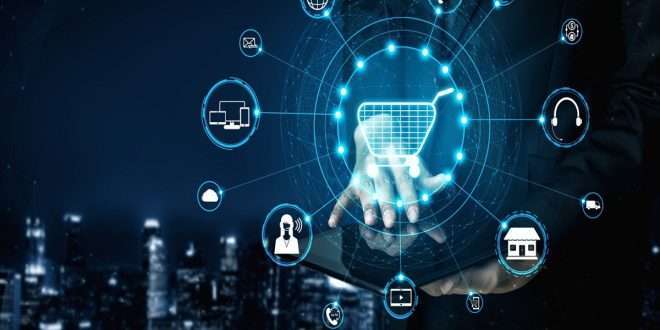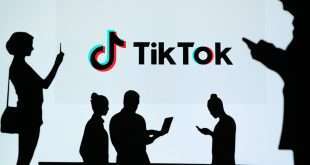In today’s fast-paced digital landscape, seamless and immediate tech support has become a critical aspect of businesses and consumers alike. The traditional methods of tech troubleshooting often involve time-consuming and sometimes inefficient processes. However, with the advent of 5G, the possibilities for real-time tech support and remote diagnostics have reached new heights.
Understanding Web Technologies
Before we dive into the impact of 5G on tech support, let’s first explore the fundamental web technologies that have laid the groundwork for this transformation:
Web Computing: Web computing refers to the use of internet technologies to perform tasks that were traditionally done on local devices. This concept has paved the way for remote diagnostics and support, enabling technicians to access and troubleshoot devices from anywhere in the world.
Web Hosting: Web hosting plays a crucial role in delivering web-based services. With advanced hosting solutions, businesses can ensure a stable and secure infrastructure to provide real-time tech support without interruptions.
Cloud Computing: The advent of cloud computing has revolutionized the way data is stored and accessed. Cloud-based tech support platforms allow instant access to troubleshooting tools and resources, making it easier for technicians to diagnose and resolve issues remotely.
The Power of 5G in Tech Support
Now, let’s explore how the deployment of 5G networks is transforming the landscape of tech support and remote diagnostics:
Lightning-Fast Connectivity: 5G offers unparalleled speed and bandwidth, enabling real-time communication between support technicians and end-users. This ultra-fast connectivity reduces latency, ensuring swift troubleshooting processes that were previously hindered by network limitations.
High-Quality Video Conferencing: With 5G, video conferencing for tech support becomes seamless and crystal clear. Technicians can conduct virtual inspections and demonstrations, enhancing the accuracy and efficiency of remote diagnostics.
IoT Integration: The Internet of Things (IoT) devices are becoming increasingly prevalent in homes and businesses. 5G’s low latency and high capacity make it the ideal network to support a vast number of interconnected devices, allowing technicians to remotely diagnose and resolve issues across IoT ecosystems.
Augmented Reality (AR) Support: 5G’s high-speed data transmission is a game-changer for AR-powered tech support. Technicians can guide end-users through troubleshooting procedures using AR overlays, improving comprehension and resolution speed.
Commonly Asked Questions
Q1: How does 5G compare to previous generations of cellular networks?
A1: Unlike previous generations, 5G offers significantly higher speeds, lower latency, and increased capacity, making it perfect for real-time tech support and remote diagnostics.
Q2: Is 5G coverage widespread enough for reliable tech support?
A2: 5G coverage is continuously expanding, and major urban areas already enjoy reliable access. As 5G infrastructure grows, tech support will become even more accessible globally.
Q3: Can 5G handle the data requirements of remote diagnostics?
A3: Absolutely! 5G’s high bandwidth capabilities allow for seamless data transfer, supporting even the most data-intensive remote diagnostic processes.
Q4: How does 5G enhance the effectiveness of augmented reality in tech support?
A4: 5G’s low latency ensures smooth AR experiences, enabling technicians to provide real-time, interactive guidance to end-users during troubleshooting sessions.
Q5: What security measures are in place to protect sensitive data during remote diagnostics?
A5: Advanced encryption and secure cloud-based tech support platforms ensure that sensitive data remains protected during remote diagnostics.
Final Words
In conclusion, the integration of 5G technology with web-based support systems has unlocked new possibilities for real-time tech support and remote diagnostics. With lightning-fast connectivity, high-quality video conferencing, IoT integration, and AR support, businesses can future-proof their troubleshooting processes and provide exceptional service to their customers.
 webfily
webfily



